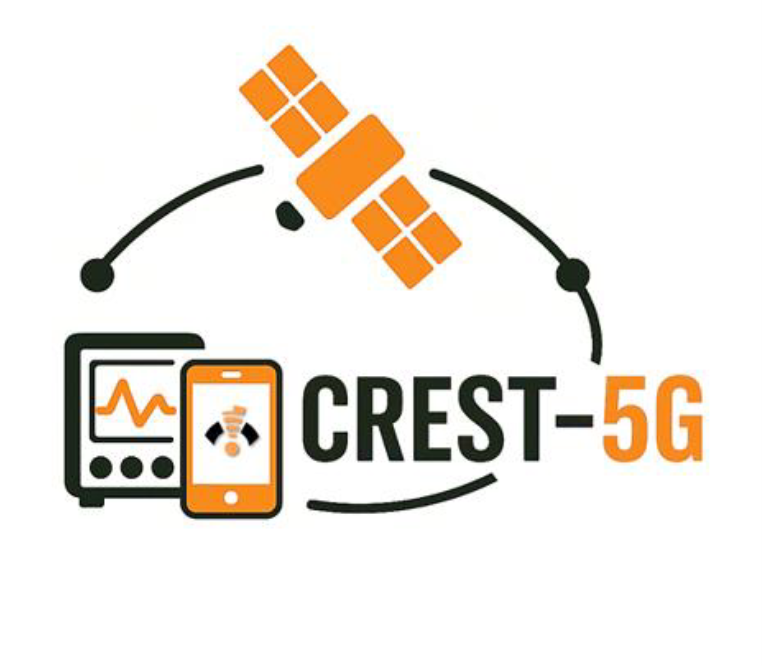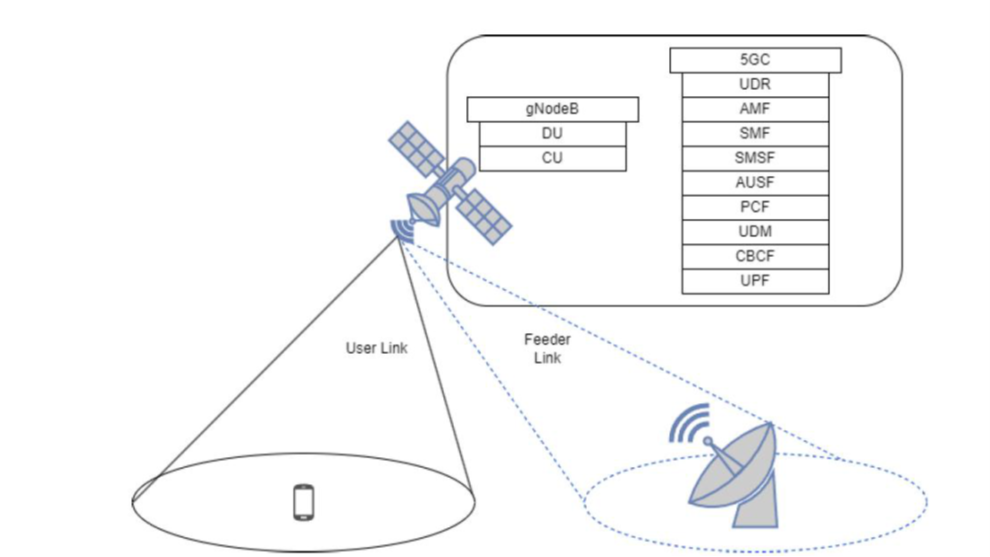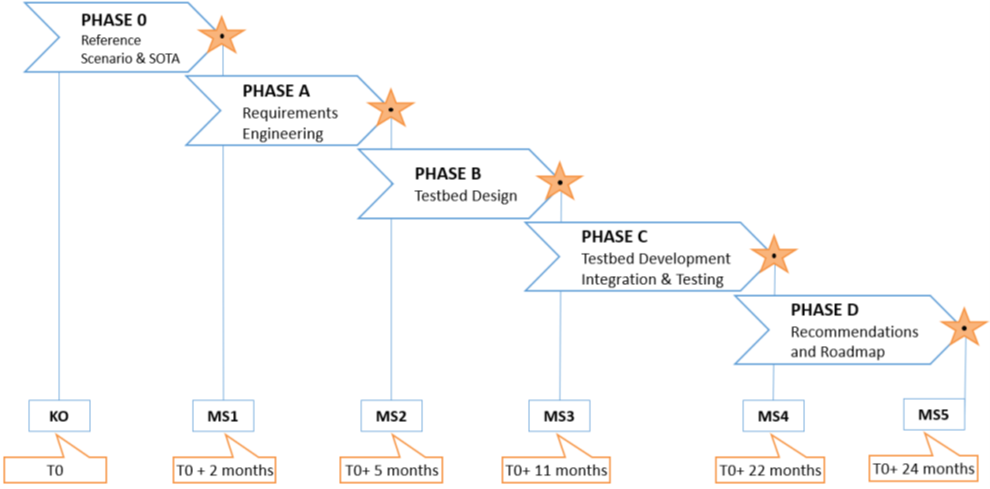
-
StatusOngoing
-
Status date2025-06-12
-
Activity Code3F.017
The project is structured around four key technical objectives designed to enhance Time Division Duplexing (TDD) Non-Terrestrial Networks (NTN) operations:
- Enhance PHY and MAC layers beyond 3GPP Release 18 for efficient TDD operation in NTN.
- Conduct a feasibility study to integrate TDD techniques into a link-level testbed. Implement PHY and MAC algorithms into the 5G protocol stack.
- Develop system-level interference management techniques (intra and inter system) to enable coexistence between 5G NTN and Terrestrial Network (TN) and Fixed Satellite Service (FSS).
- Develop an intra-system and inter-system interference management strategy, addressing both co-channel and adjacent-channel interference from terrestrial and other satellite networks. Validate the overall system through testbed implementation, ensuring that the solutions perform under real-world conditions.
- In terrestrial TDD networks, guard intervals between UL and DL transmissions are minimal due to short distances between base stations and user equipment. However, in Low Earth Orbit (LEO)/Very Low Earth Orbit (VLEO) satellite constellations, the significant Round Trip Time (RTT) necessitates extended guard intervals, which can degrade spectral efficiency.
- Coexistence of satellite-based NTN systems with terrestrial 5G networks and FSS operating in the same or adjacent frequencies within the C-band, which are heavily contested for both terrestrial International Mobile Telecommunication (IMT) services and satellite communications. Therefore, effective management of co-channel and adjacent-channel interference is essential to ensure mutual non-interference between NTN systems and terrestrial services.
The proposed solution includes following benefits:
- Propose PHY and MAC layers 3GPP enhancements for efficient 5G TDD operation in NTN within the C-band.
- Enable satellite direct-to-device 5G communication in C-band using TDD.
- Develop an intra-system and inter-system interference management strategy, addressing both co-channel and adjacent-channel interference from terrestrial and other satellite networks
CREST-5G offers features including:
- Enhancements to the PHY and MAC layers, such as dynamic UL/DL scheduling, timing advance adaptation for large RTTs in LEO, and optimised guard intervals.
- Enhanced 5G NR protocol stack.
- Techniques to mitigate intra-system (within NTN cells) and inter-system (between NTN, TN, and FSS) interference, including adaptive frame structures, Doppler compensation, beam alignment and frequency planning.
- Hardware testbed capable of simulating TN/NTN interference environments and verifying link level simulations.
The project is composed of several segments:

Space Segment: A representative LEO satellite-based platform supporting either transparent payload or regenerative payload Architecture. This setup simulates realistic NTN channel conditions including Doppler and delay.
Ground Segment: Comprises SDRs, a channel emulator, and the testbed controller. It enables TDD frame synchronisation, beamforming and frequency planning.
5G Protocol Stack: Enhanced at PHY and MAC layers to support dynamic UL/DL splits, Doppler pre-compensation, adaptive HARQ scheduling and advanced synchronization strategies.
Testbed Software Modules: Includes system-level simulators (for coexistence studies) and link-level simulators (for PHY/MAC validation), interfacing with real-time hardware.
UE Simulation & Emulation: Includes Class 3 and vehicular terminals, supporting scenarios for direct-to-device 5G NTN use cases.
The Project have the following implementation phases:
- Phase 0: Reference Scenario is elaborated and finalised, and SOTA is investigated for key technology aspects related to the payload architecture, 5G NR protocol focusing on TDD and NTN, 5G software, NGSO simulators.
- Phase A: Requirements Engineering: definition of all technical requirements and specifications of the PYH and MAC layers enhancements, interferences and other aspects related to protocol and payloads.
- Phase B: Testbed Design for both Software and Hardware.
- Phase C: Testbed Development, Integration and Verifications.
- Phase D: Recommendations and Roadmap.

Currently the project is in the Phase 0, the reference scenarios are being investigated and State of the Art Analysis is in progress.




